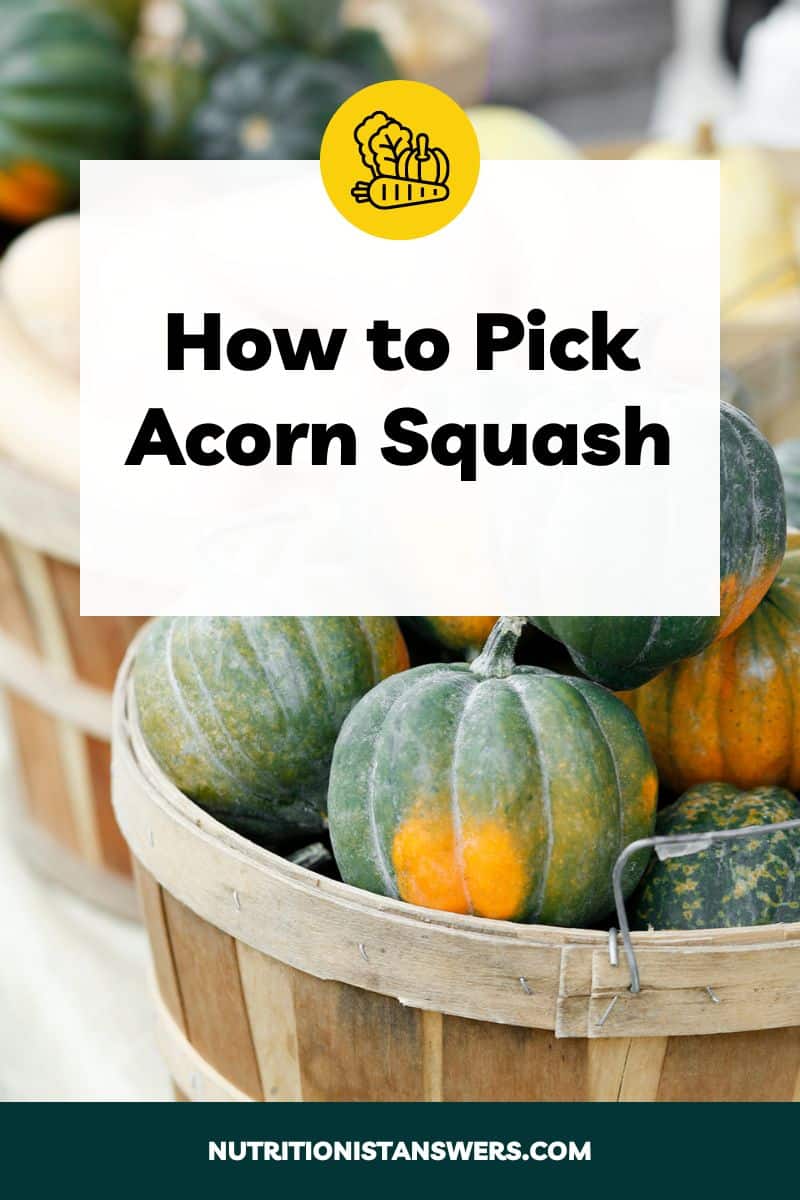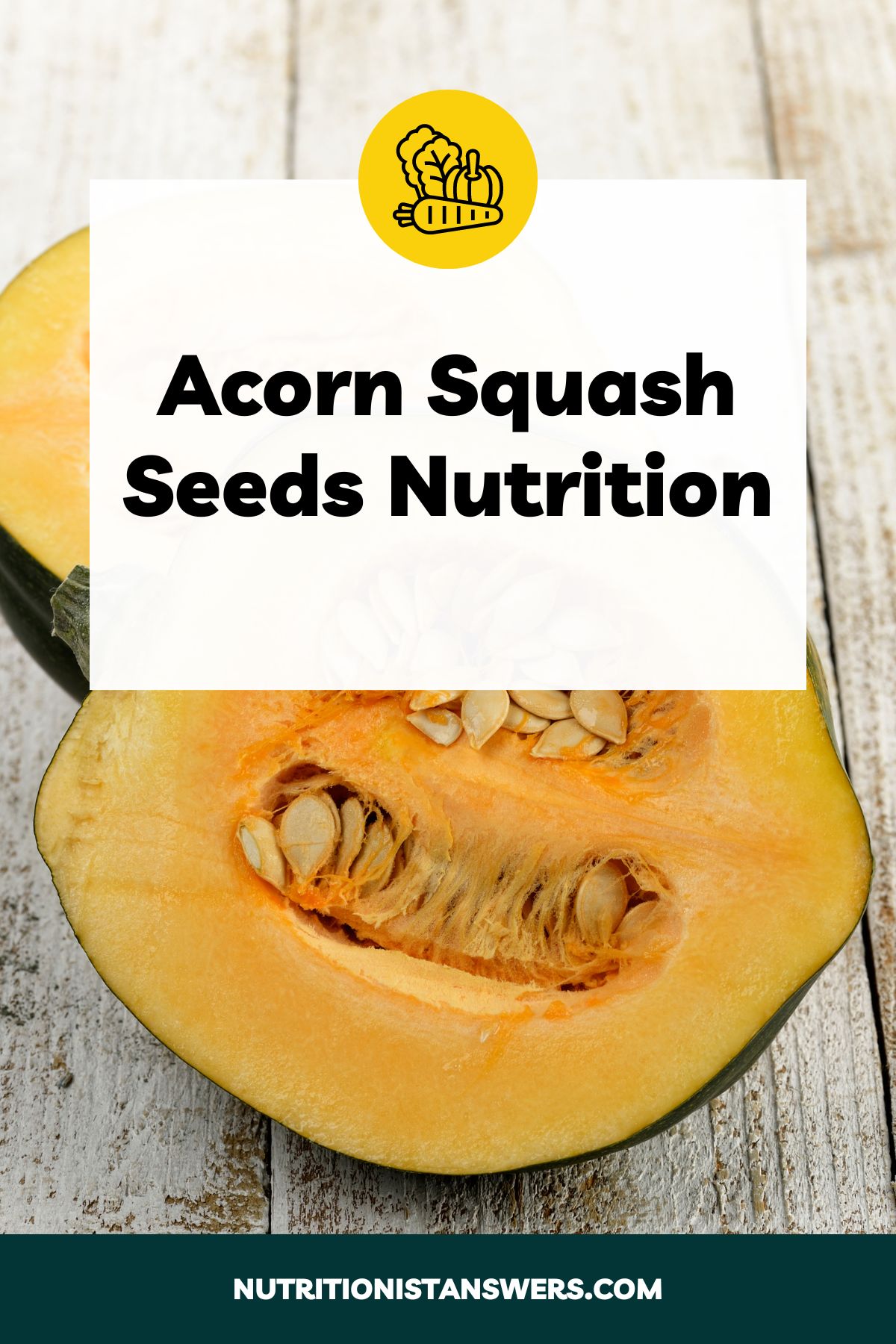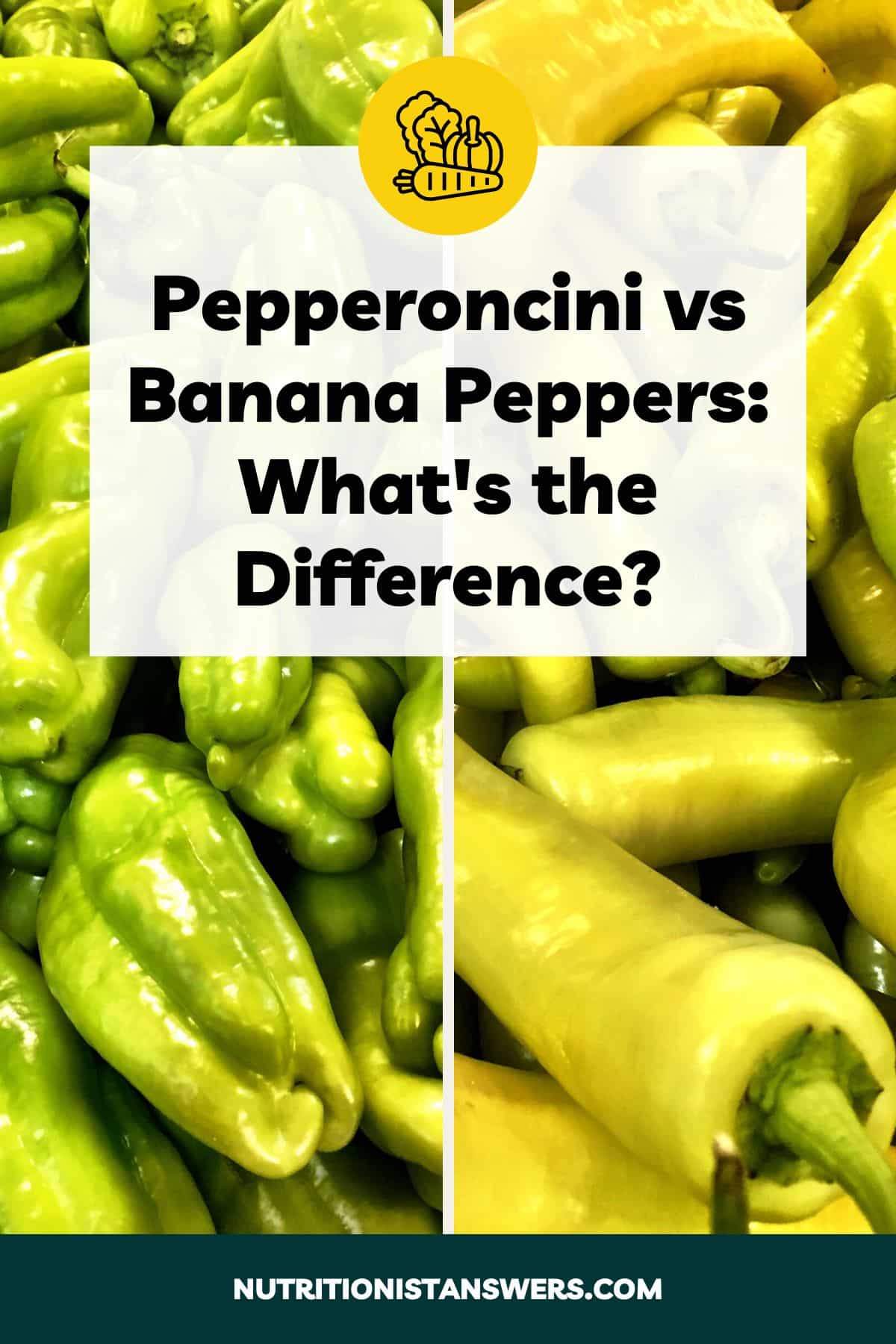Acorn squash is a delicious and nutrient-dense variety of winter squash that is popular during the fall and winter months.
Picking a ripe acorn squash will allow you to fully enjoy its flavors and can make all the difference in your cooking.
In this article, we’ll cover how to pick a ripe acorn squash, whether you’re standing in the produce section at the grocery store or in your garden at home.
How to pick acorn squash at the grocery store
When you’re shopping for acorn squash, first take a look at the color of its skin — you want it to be mostly dark green with a splash of orange.
Acorn squash turns from dark green to bright orange as it ripens. Small patches of orange are a sign that the squash is ripe, but a completely orange squash is probably overripe and may not taste as great.
The skin should also be smooth, not wrinkly or shriveled. Wrinkles are a sign that the squash has started to dry out and decline in quality.
Next, pick up the squash. It should feel heavy for its size — another sign that it’s fresh and likely to have moist, flavorful flesh.
You also want to check for any bruises or soft spots. These are signs that the squash has either been damaged or begun to rot.
Finally, take a look at the stem. It should be dry and firm, with no soft or mushy spots. If the stem is brown or crumbly, it means the squash has been sitting around for too long.
How to pick acorn squash from the garden
Most acorn squash should be ready to harvest about 80-100 days after planting the seeds.
Still, the best way to tell if your acorn squash is ripe and ready to be picked is to check the color and texture of its skin.
First, pick up the squash and look at the side that’s been sitting on the ground — you should see a bright orange spot. If the skin is yellow or light orange, it isn’t quite ready to be picked.
The skin should also be hard and tough — if it’s easy to puncture with your fingernail, that’s a sign the squash isn’t ripe yet.
When the squash is ripe and ready to be picked, use a knife or garden shears to cut the vine, leaving about an inch of stem attached to the squash.
Unlike other winter squash, acorn squash does not need to be cured (x). It’s ready to be used or stored immediately after harvesting.
Storing acorn squash
To keep your ripe acorn squash fresh for as long as possible, store it in a cool, dark, and dry location such as a pantry or enclosed kitchen cabinet.
Do not store acorn squash in the fridge, because the cold temperatures can cause chill damage that may impact its texture.
You can expect acorn squash to stay fresh for up to 2 months when stored at room temperature.
Want to learn more? Check out our in-depth article on storing acorn squash for maximum shelf-life and flavor.
Final thoughts
Picking a ripe acorn squash can help you get the most out of this delicious winter vegetable.
At the grocery store, look for acorn squash that has mostly dark green skin and just a splash of bright orange. It should feel heavy for its size and have smooth skin with no soft or mushy spots.
When harvesting acorn squash at home, check to make sure that its skin is hard and has a bright orange spot on the underside before you pick it.
After picking, store your acorn squash in a pantry or kitchen cabinet, out of direct sunlight.
Amy Richter is a Registered Dietitian Nutritionist based in Missouri. She is an experienced nutrition writer and medical advisor for Healthline and Medical News Today. Amy is passionate about all things food-related and enjoys translating complex science into easy-to-understand articles.





